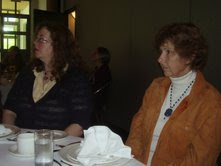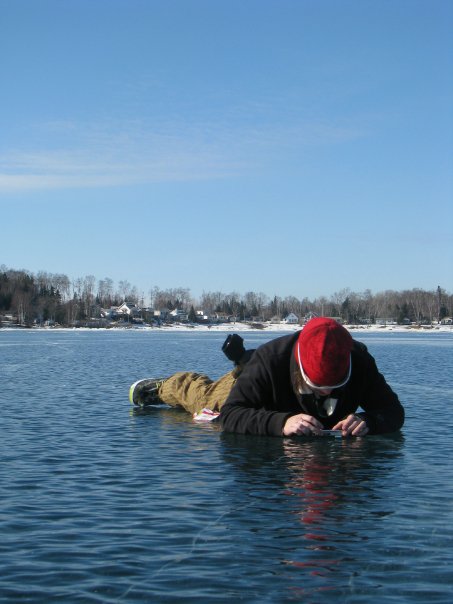Friday, September 14, 2018
A word to writers about which
Which
by James Thurber (1894-1961)
The relative pronoun “which” can cause more trouble than any
other word, if recklessly used. Foolhardy persons sometimes get lost in
which-clauses and are never heard of again. My distinguished contemporary, Fowler, cites several tragic cases, of which the following is one: “It was
rumored that Beaconsfield intended opening the Conference with a speech in
French, his pronunciation of which language leaving everything to be desired.”
That’s as much as Mr. Fowler
quotes because, at his age, he was afraid to go any farther. The young man who
originally got into that sentence was never found.
His fate, however, was not as
terrible as that of another adventurer who became involved in a remarkable
which-mire. Fowler has followed his devious course as far as he safely could on
foot: “Surely what applies to games should also apply to racing, the leaders of
which being the very people from whom an example might well be looked for . .
." Not even Henry James could have successfully emerged from a sentence
with “which,” “whom,” and “being” in it.
The safest way to avoid such
things is to follow in the path of the American author, Ernest Hemingway. In his youth he was trapped in a
which-clause one time and barely escaped with his mind. He was going along on
solid ground until he got into this: “It was the one thing of which, being very
much afraid--for whom has not been warned to fear such things--he . . .” Being
a young and powerfully built man, Hemingway was able to fight his way back to
where he had started, and begin again. This time he skirted the treacherous
morass in this way: “He was afraid of one thing. This was the one thing. He had
been warned to fear such things: Everybody has been warned to fear such
things.” Today Hemingway is alive and well, and many happy writers are
following along the trail he blazed.
What most people don’t
realize is that one “which” leads to another. Trying to cross a paragraph by
leaping from “which” to “which” is like Eliza crossing the ice. The danger is
in missing a “which” and falling in. A case in point is this: “He went up to a
pew which was in the gallery, which brought him under a colored window which he
loved and always quieted his spirit.” The writer, worn out, missed the last
“which”--the one that should come just before “always” in that sentence. But
supposing he had got it in! We would have: “He went up to a pew which was in
the gallery, which brought him under a colored window which he loved and which
always quieted his spirit.” Your inveterate whicher in this way gives the
effect of tweeting like a bird or walking with a crutch, and is not welcome in
the best company.
It is well to remember that
one “which” leads to two and that two “whiches” multiply like rabbits. You
should never start out with the idea that you can get by with one “which.”
Suddenly they are all around you. Take a sentence like this: “It imposes a
problem which we either solve, or perish.” On a hot night, or after a hard
day’s work, a man often lets himself get by with a monstrosity like that, but
suppose he dictates that sentence bright and early in the morning. It comes to
him typed out by his stenographer and he instantly senses that something is the
matter with it. He tries to reconstruct the sentence, still clinging to the
“which,” and gets something like this: “It imposes a problem which we either
solve, or which, failing to solve, we must perish on account of.” He goes to
the water-cooler, gets a drink, sharpens his pencil, and grimly tries again.
“It imposes a problem which we either solve or which we don’t solve . . ."
He begins once more: “It imposes a problem which we either solve, or which we
do not solve, and from which . . .” The more times he does it the more
“whiches” he gets. The way out is simple: “We must either solve this problem,
or perish.” Never monkey with “which.” Nothing except getting tangled up in a
typewriter ribbon is worse.
"Which," by James Thurber,
was first published in The
New Yorker magazine in 1929 and reprinted in Thurber's The Owl in the
Attic and Other Perplexities, Harper, 1931.
Subscribe to:
Post Comments (Atom)









































































































































































































































































No comments:
Post a Comment